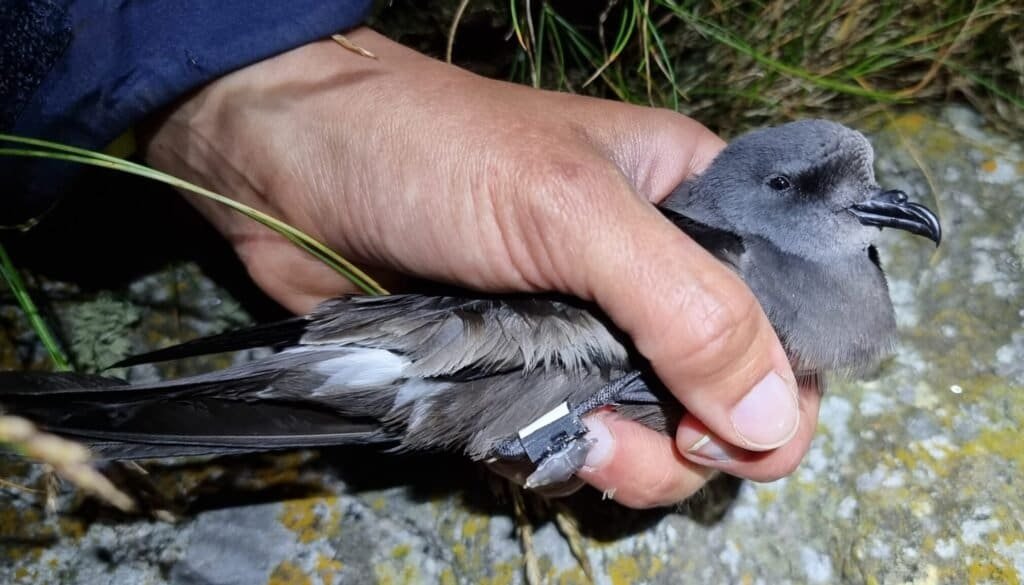The Bowdoin Scientific Station on Kent Island is made up of three islands (Kent Island, 103 ha; Hay Island, 26 ha; and Sheep Island, 12 ha). Kent Island is the southernmost vegetated island in the Grand Manan archipelago. BSS Kent Island was established in 1936 to protect the last remaining breeding colony of common eiders (Somateria mollissima) in the Gulf of Maine/Bay of Fundy Region.
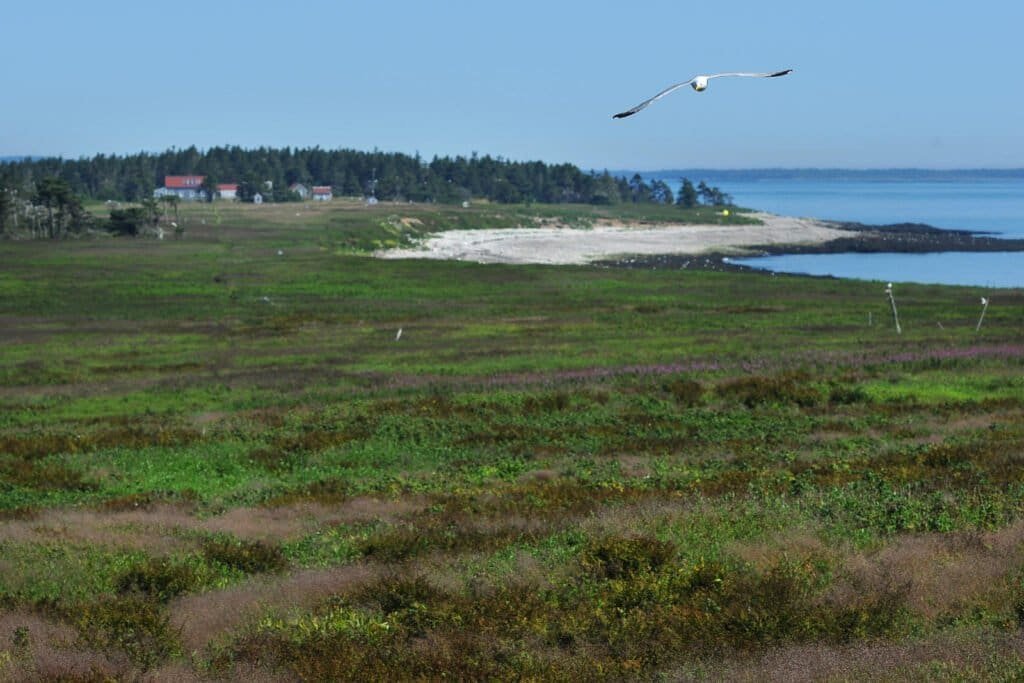
BSS is dedicated to promoting world-class research by offering access to the diverse habitats of the Three Islands region, providing a working and living environment that is conducive to complete immersion in field studies, training students to become leaders of their fields, protecting the native flora and fauna of Three Islands, and supporting the liberal arts mission of Bowdoin College and the activities of the broader scientific community. BSS is unusual in that it is operated by a liberal arts college (BSS was the first field station to be operated by an undergraduate college). What sets it apart from other field stations operated by undergraduate institutions is that it is used primarily for research.
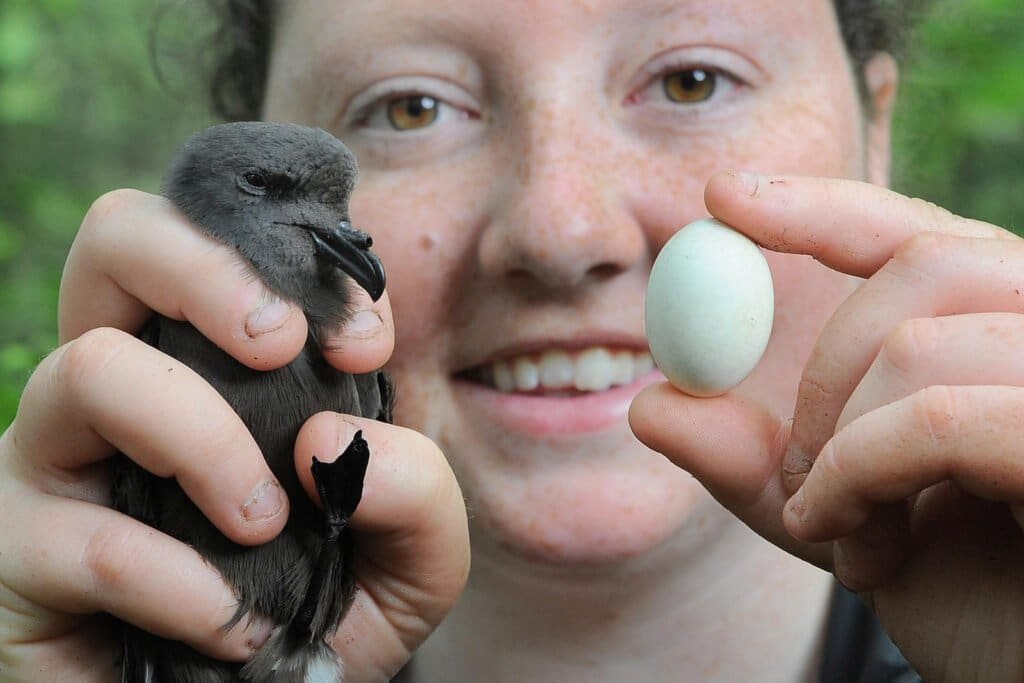
About 200 bird species have been recorded by BSS researchers. Three Islands supports major breeding colonies of seabirds such as herring gulls (Larus argentatus, 5000 pairs), Leach’s storm-petrels (Oceanodroma leucorhoa, 2200 pairs), and common eiders (Somateria molissima, 900 pairs) (Cannell and Maddox 1983, Huntington et al. 1996), and it is a concentration point for migrating birds. Kent Island is a major staging area for shorebirds beginning their transoceanic migration (Cannell et al. 1983, Huntington 1985, Lank 1989), which is why the area has recently been declared an “Important Bird Area” by BirdLife Canada and the Canadian Nature Federation. The most common land birds are Savannah sparrows (Passerculus sandwichensis), which number several hundred pairs (Dixon 1978, Wheelwright et al. 1992); tree swallows (Tachycineta bicolor, 20-100 pairs, Paynter 1954, Harris 1979, Wheelwright et al. 1991a,b); and warbler species (especially American redstarts [Setophaga ruticilla] and Dendroica spp.; Eliason 1986). Ornithological studies at BSS have contributed substantially to our understanding of the avifauna of the region (e.g., Dalzell 1999).
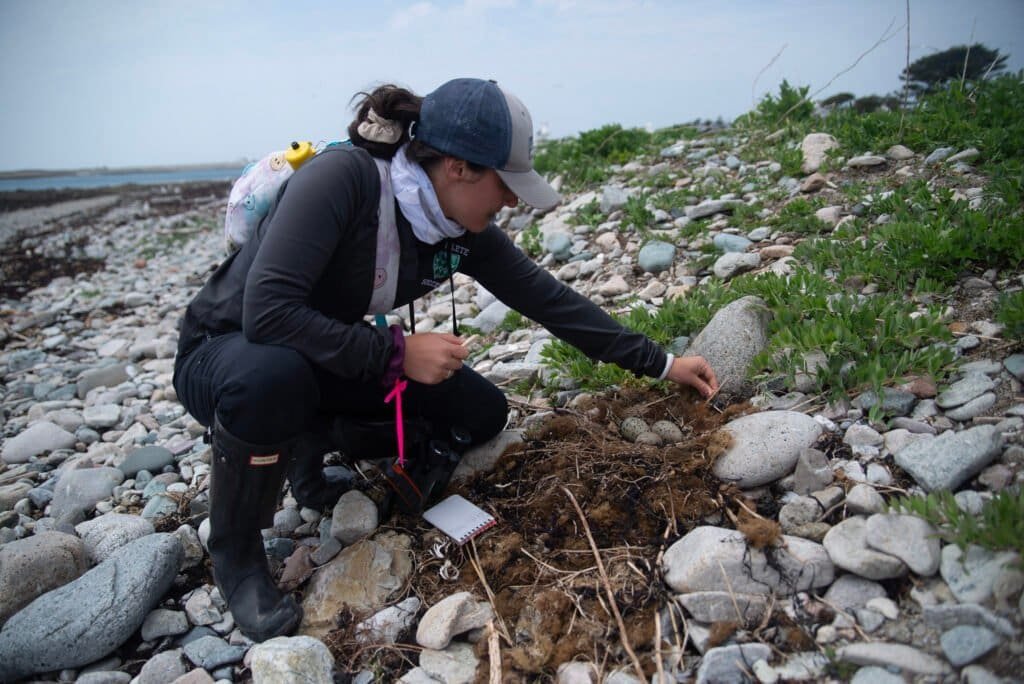
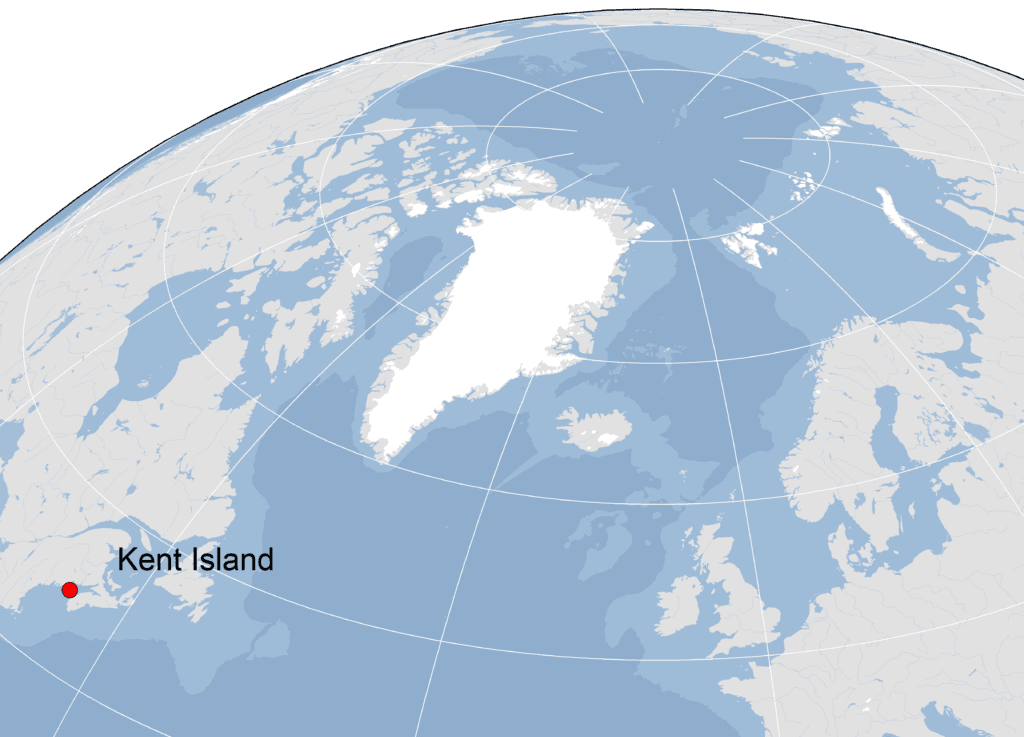
Seatrack partner
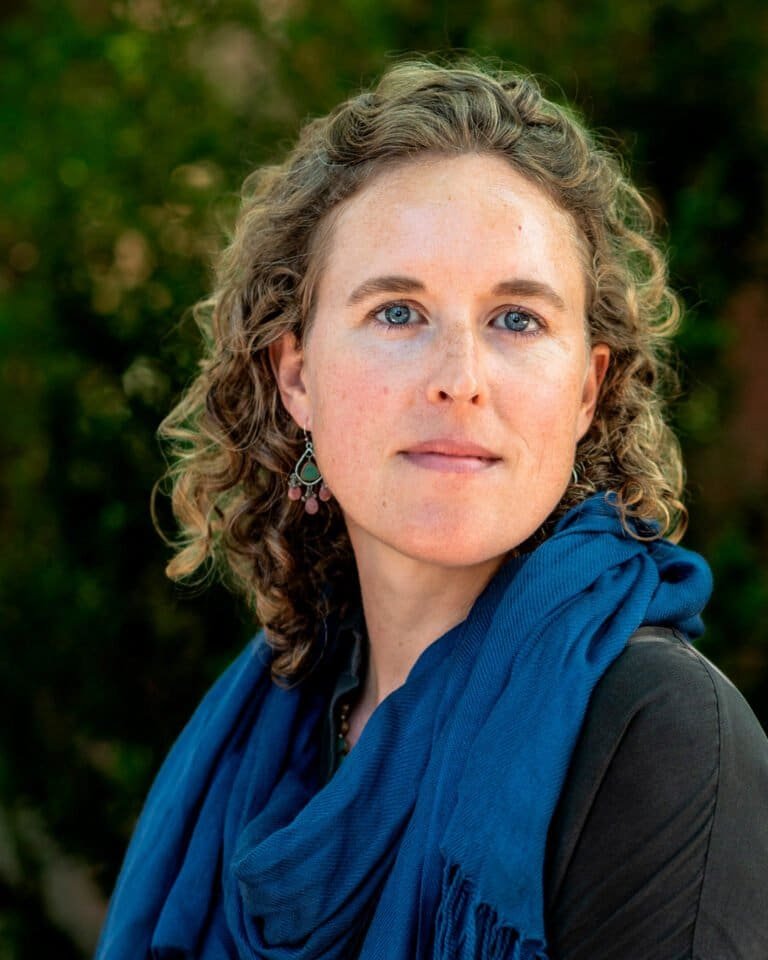
Patricia Jones
Bowdoin College
Data availability


